The Time Capsule of The Battle Creek Tower
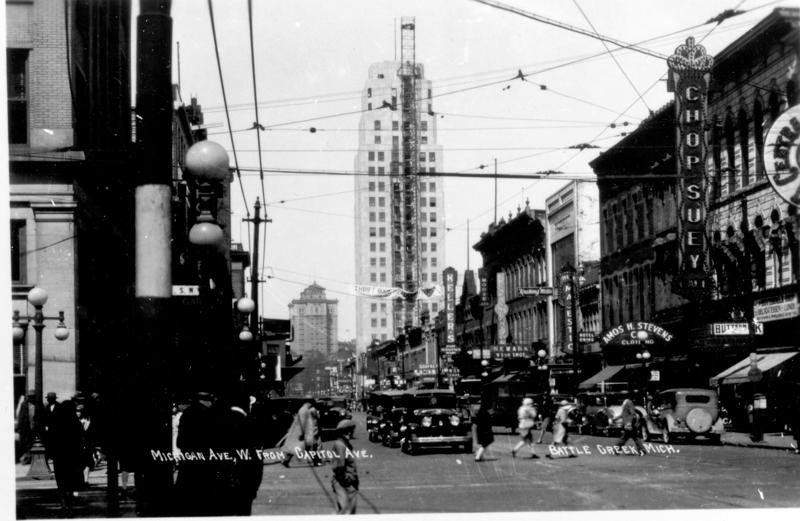
On January 24, 1931, hundreds of spectators gathered in downtown Battle Creek to watch the dedication ceremony for the newly constructed Central National tower. It was quite the event, evidenced by the two radio stations broadcasting to listeners, half a dozen photographers, and even someone with a motion picture camera.
At the time, the Central National tower, known today as the Battle Creek Tower, was the tallest building in the city. It took only 299 days to build, which was the equivalent of 28,500 man days. To many in the community, the construction of this bank tower symbolized the current and future financial investment of Battle Creek. During the dedication ceremony, Mayor W.P. Plenty said, “[this building] marks the evolution of the city from a small town to a financial center.”
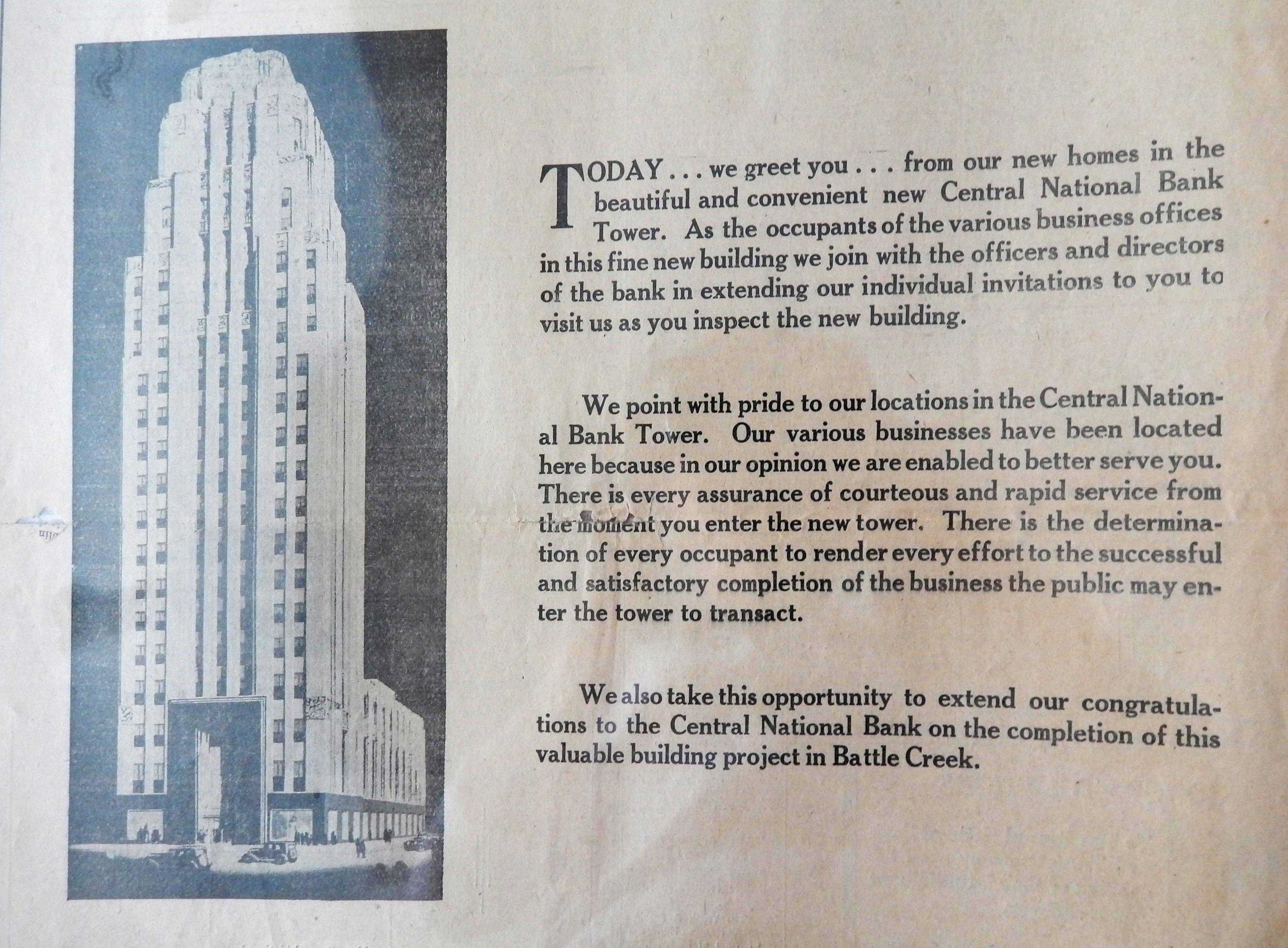
Introductory page from the Battle Creek Enquirer and Evening News
The Chicago-based architectural firm, Holabird & Root, whose famous work includes the Palmolive building and Soldier Field, designed the Central National Bank tower. The influences of the “big city” were very apparent in the modern designs of the Battle Creek high-rise. The banking room was the most unique, with gold-paneled ceilings, and an 18-foot mural, depicting Battle Creek’s last 100 years (1830-1930), was displayed on the north wall. A state-of-the-art mechanical ventilation system ensured that the air was changed four times an hour, by means of supply and exhaust fans.
Perhaps the most interesting material used in the construction of the Tower was a 75-year old black walnut tree. This tree was 23 feet tall, and had been preserved by the local government since 1914. There was interest in using it for the 1933 Chicago World’s Fair, but was instead procured by the new bank and cut into paneling for the lobby and banking room.
Preserving the history and significance of the Tower to future generations was important to the owners of the Central National Bank. During the dedication ceremony, a copper box time capsule was placed inside the cornerstone. Stone workers then guided a 1.5 ton granite slab into position while the president of the bank, Frank Evans, smoothed mortar beneath it, sealing the history inside the cornerstone.
Records indicate that among the contents of the copper time capsule box were various newspaper articles, records, autographed photos of local and federal government officials, and samples of bank equipment. Also inside was a small steel and chromium box containing commonly used items, not to be opened “for 1,000 years.”
While restoring the granite slabs on the exterior of the tower in the Spring of 2015, the Hinman team uncovered the cornerstone. To the best of their knowledge, the time capsule is still sealed inside. Although opening the cornerstone is tempting, Roger Hinman has decided to leave it untouched until 2031, exactly 100 years after the Tower was built. Until then, we are lucky enough to possess an original and complete edition of the Battle Creek Enquirer newspaper, published on June 14, 1931, written and published in celebration of the newly-built Central National tower.
All facts were taken from the Battle Creek Enquirer and the Evening News paper edition, Sunday, June 14, 1931.
Go Back to News & Media
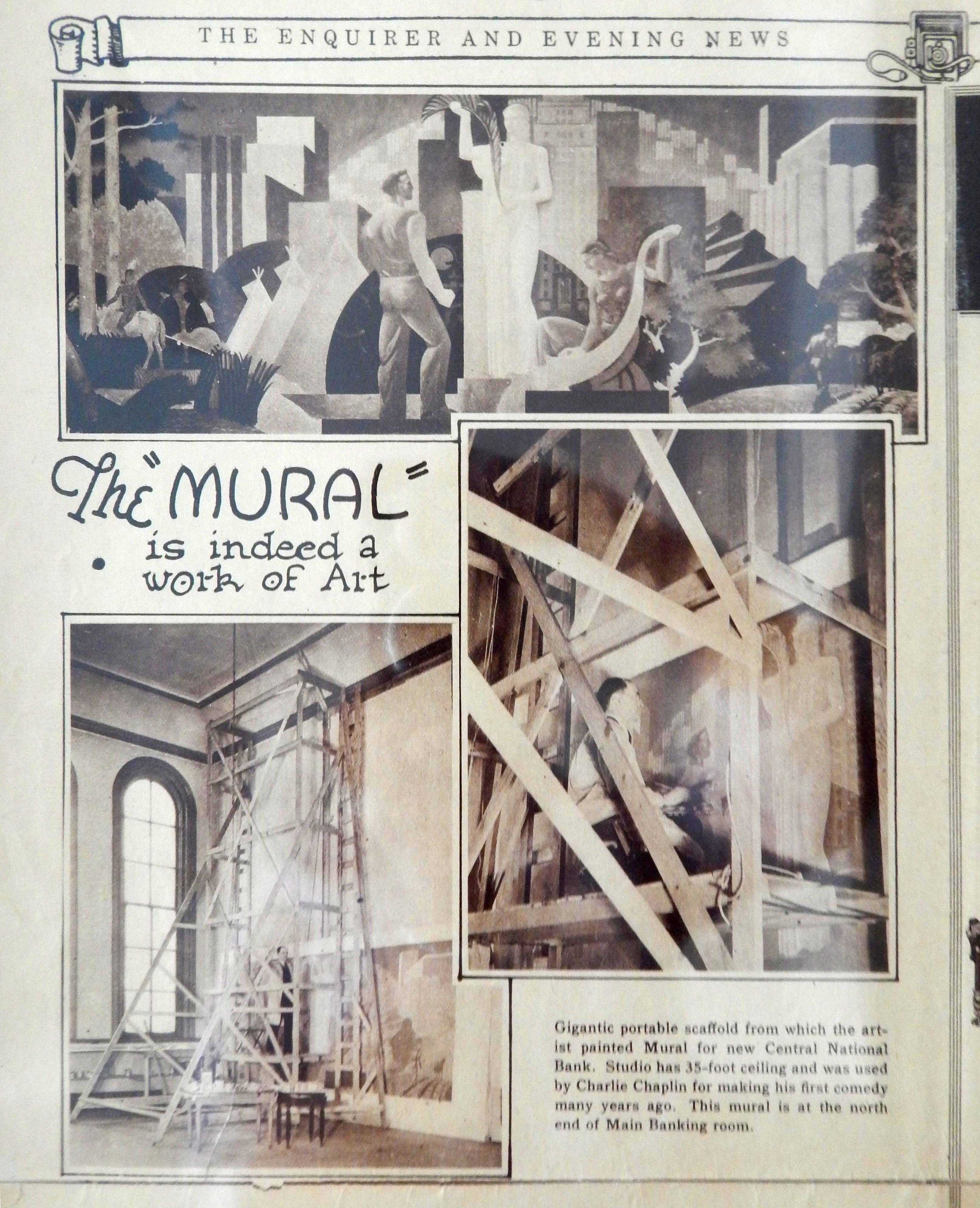
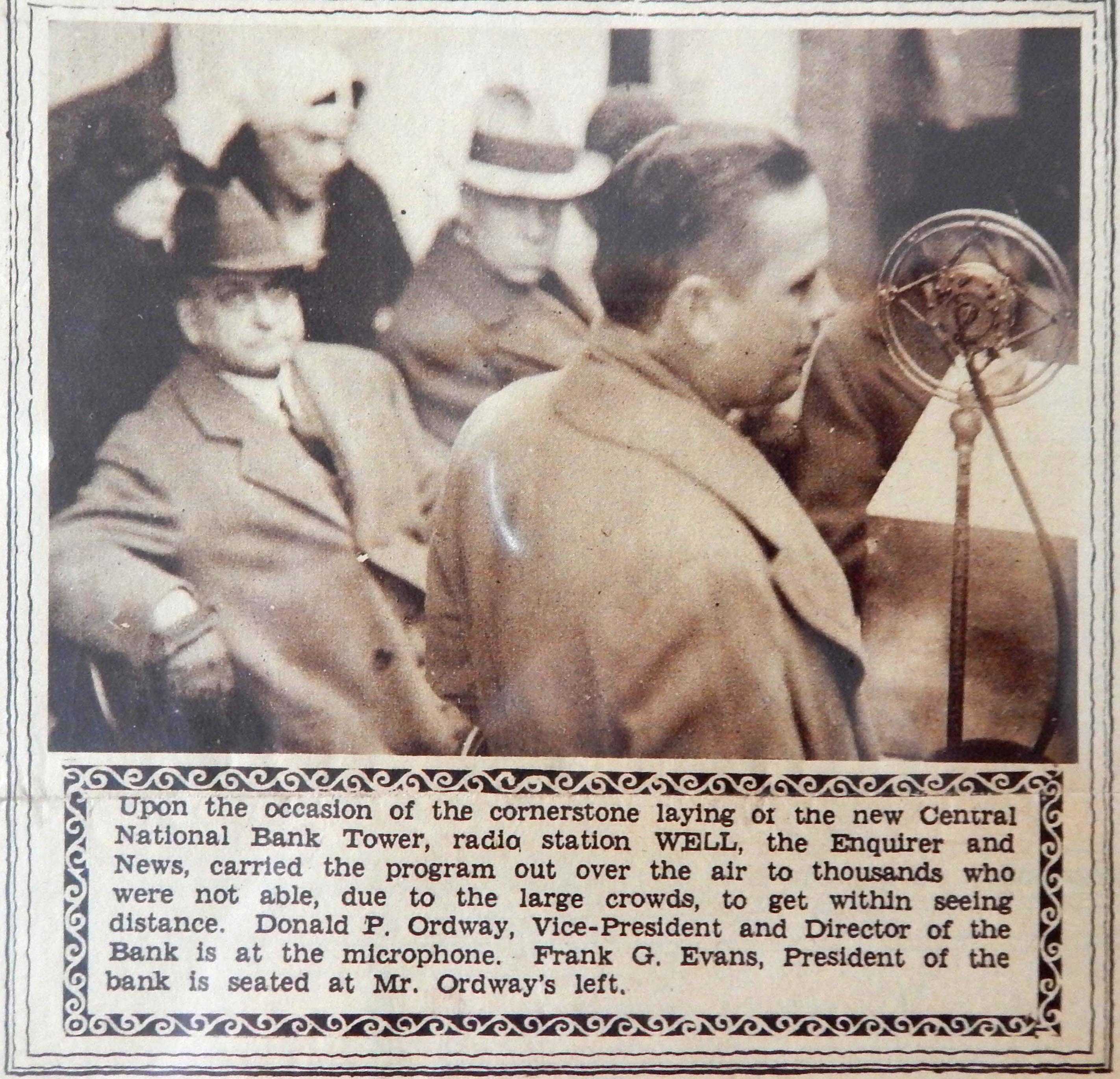
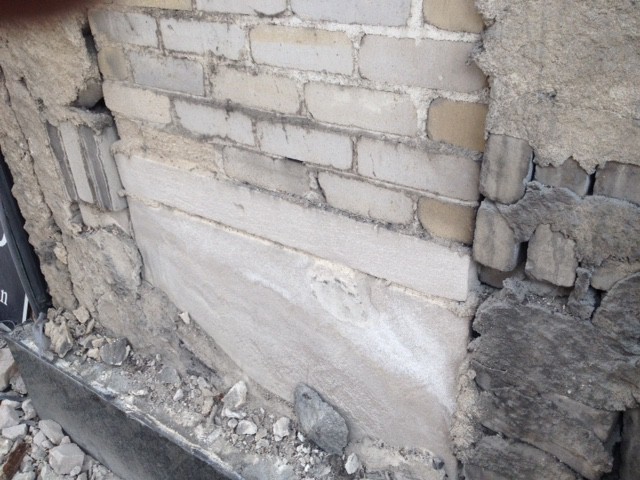
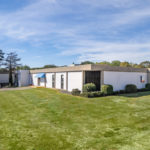


2 thoughts on “The Time Capsule of The Battle Creek Tower”